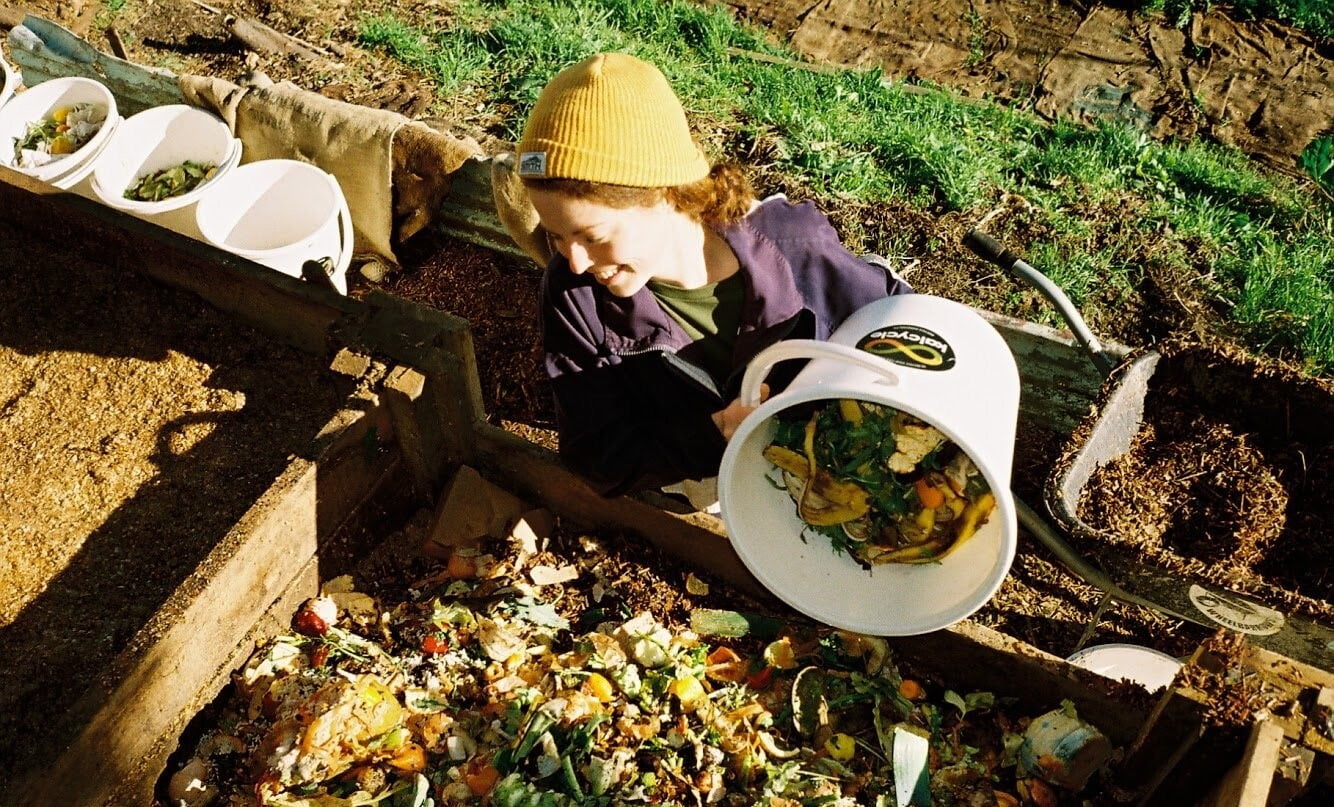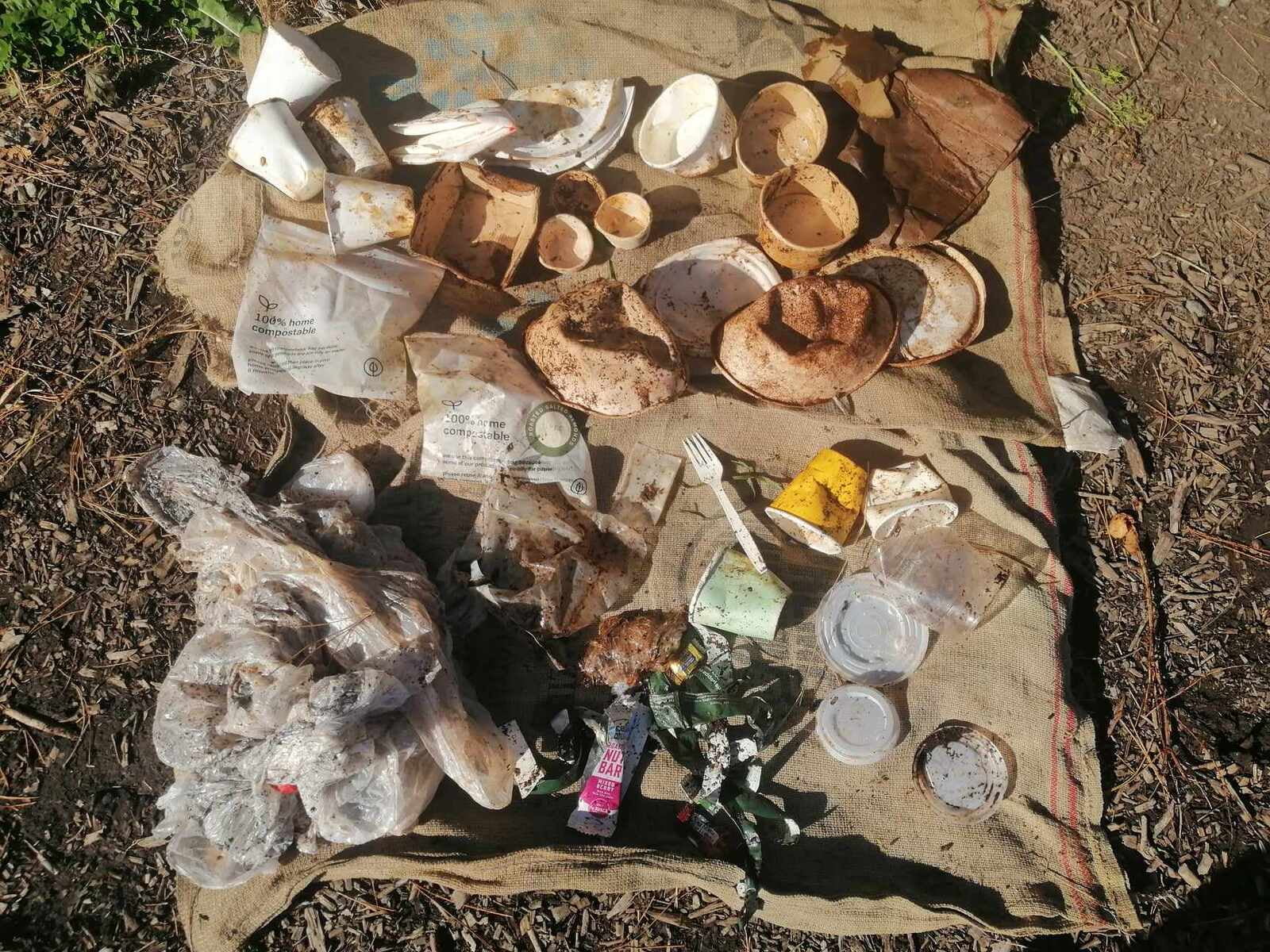Packaging labelled as ‘compostable’ made out of paper, cardboard and other plant-based materials often can’t be processed by composting facilities because of contamination, a new guide from the WasteMINZ Organic Materials Sector Group outlines.
The Organic Materials (OM) Sector Group has developed guidelines to help producers and advertisers understand how to correctly advertise compostable products and packaging that are made out of fibre and biomass, such as paper, cardboard, wood, bamboo, sugarcane, wheat, rice or other biomass such as potato starch or leaves. The guidelines will also help consumers and customers understand more about a product they may be considering purchasing.
OM sector group steering committee member Kate Walmsley said compostable packaging presents many issues for composters and the ecosystem.
Fibre and biomass compostable packaging can contain non-compostable materials or substances other than paper, cardboard or other plant material, which is referred to as contamination.
“Many composters can’t or won’t process compostable packaging that is contaminated, so it still goes to landfill. It’s also very hard or impossible to separate contaminated compostable products from non-contaminated ones; they may look exactly the same.”
Composters won’t accept all compostable packaging, and generally only do in specific circumstances where they can be sure contamination has been minimised. This is why the guidelines recommend that, where possible, fibre compostable packaging is certified home or industrially compostable.
“Ensuring that products are certified means that composters can be provided with some reassurance that PFAS has not been added intentionally, and if present, is at lower levels. But certification doesn’t guarantee the product is free of contamination; it could still contain up to 5% non-compostable materials.”
"Single use is still single use no matter what it is made from... Using reusing packaging or products reduces the amounts going to landfill, which also reduces emissions from their production and disposal.”
Given this reality, Kate highlighted that the best way for consumers to reduce packaging waste going to landfill and other environmental harms is to choose reusable packaging.
“Single use is still single use no matter what it is made from,” Kate says.
“Look for a compostability certification, like “AS 5180”, the Australian home compostability standard; or better, choose a reusable option. Using reusing packaging or products reduces the amounts going to landfill, which also reduces emissions from their production and disposal.”
WasteMINZ has produced a number of guidelines to provide best practice advice to the waste industry, producers, consumers and advertisers, including Guidelines on claims about recyclability, recycled content, reusability and repairability.


